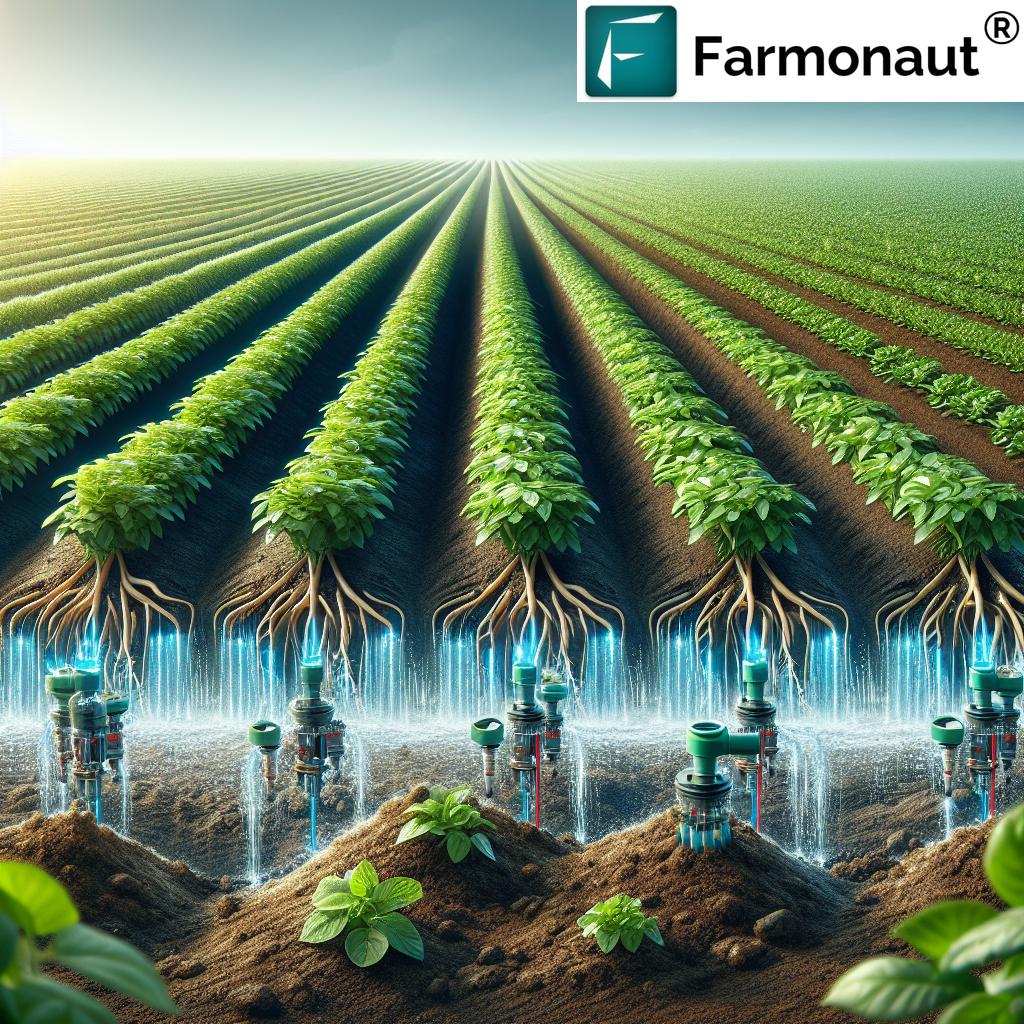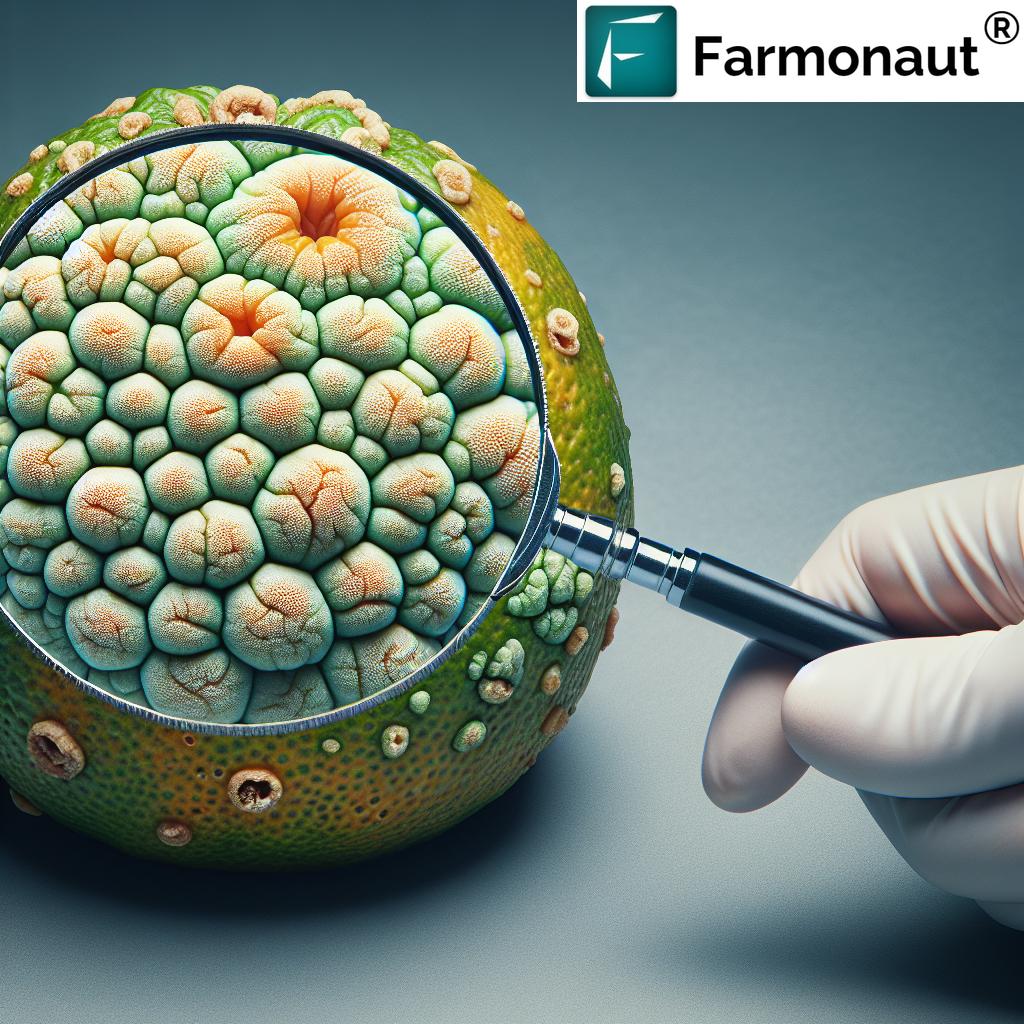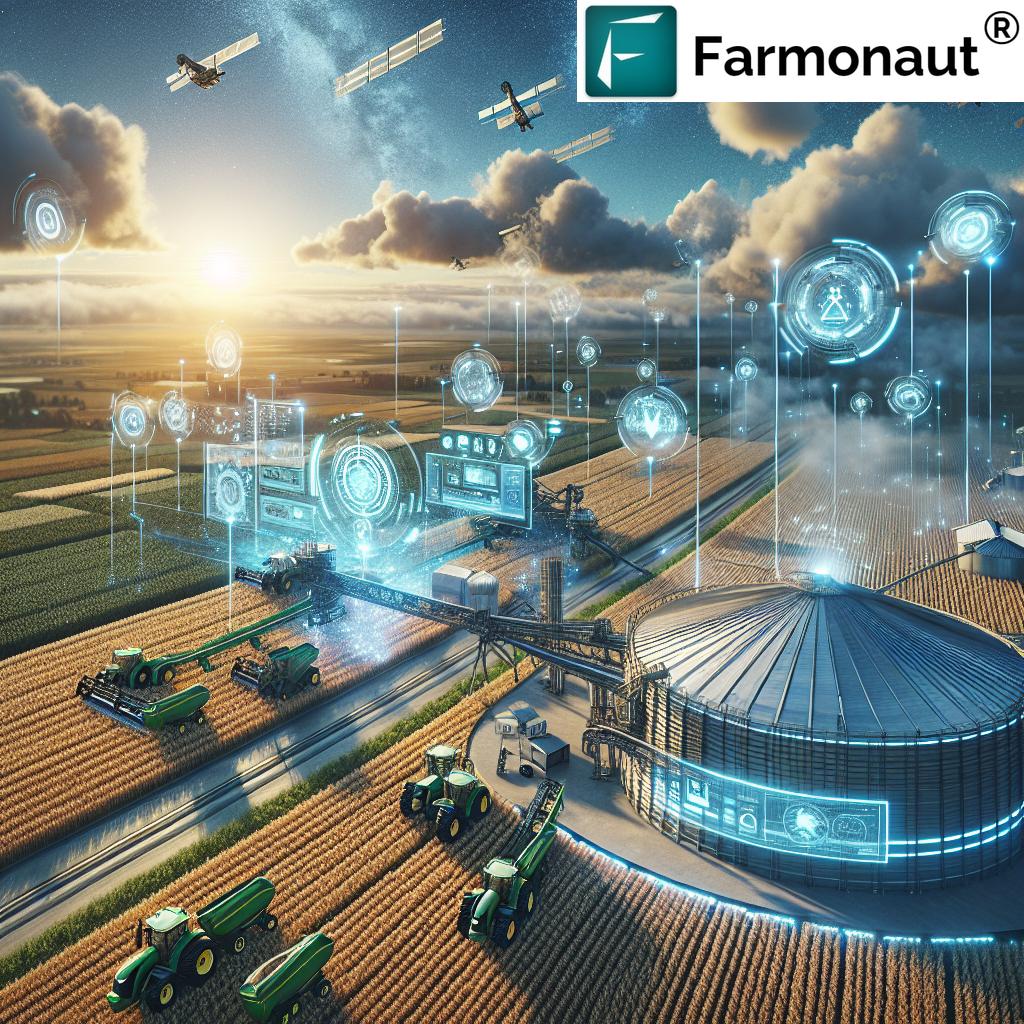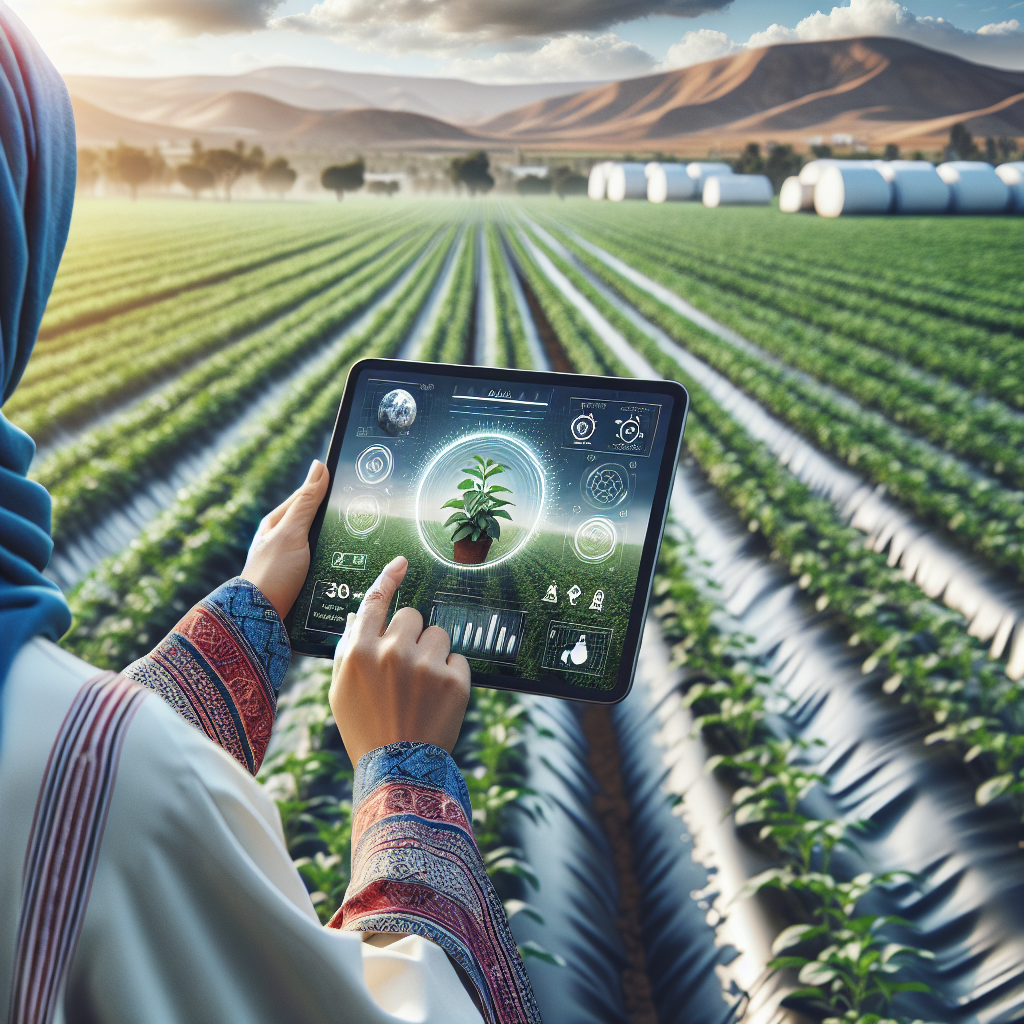IT Solutions for Agriculture: 10 Ways to Boost Yields
Introduction
Information Technology (IT) solutions are revolutionizing agriculture, driving unprecedented advances in crop yields, resource management, sustainability, and efficiency across the sector. Integrating cutting-edge agricultural technology solutions like Artificial Intelligence (AI), data analytics, Internet of Things (IoT), drones, robotics, and satellite imagery brings about a sweeping transformation in how farmers, agribusinesses, and foresters cultivate, monitor, and optimize crops and livestock. These smart farming practices are essential not only for maximizing productivity and profitability, but also for ensuring environmental stewardship and resilience in the face of climate, resource, and food security challenges.
The rise of precision agriculture—powered by real-time information and actionable insights—helps farmers make informed decisions, optimize soil and resource use, and significantly improve yields. From remote sensing for crops using satellite imagery in agriculture to blockchain-based supply chain traceability, this technological revolution is enabling a new model of sustainable agriculture technology that benefits everyone involved.
Precision Agriculture: Laying the Foundation for Modern Farming
Precision agriculture stands at the forefront of agricultural innovation, using IT solutions and advanced technologies to monitor, manage, and optimize variability within fields. This data-driven approach leverages IoT sensors, satellite imagery, analytics, and real-time data acquisition, empowering farmers to make informed decisions to improve crop health, resource use, and yields.
How Precision Agriculture Works
- IoT-enabled Sensors: These sensors are installed throughout the field to continuously monitor soil moisture, temperature, nutrient levels, pH, and more. They provide granular data about crop conditions in real time.
- Satellite-based Monitoring: Multispectral satellite imagery in agriculture helps assess plant health, growth stages, soil moisture variability, and detect pest or disease hotspots with actionable insights.
- Weather Analytics: Advanced weather forecasts are integrated with on-field sensors to provide timely recommendations for irrigation, fertilization, and harvesting, aligning with optimal conditions to optimize yields.
By combining these sources, precision agriculture enables precision applications of water, fertilizer, and pesticides, only where and when needed. This not only reduces waste and input costs, but also enhances yields while promoting sustainable agriculture technology.
For example, smart irrigation systems analyze soil moisture readings and weather patterns to automatically adjust water distribution, ensuring that crops receive optimal hydration for their developmental stage and conserving water resources. Such data-driven farming practices are critical to improving efficiency and sustainability at scale.
Agricultural Robotics: Automating the Future
Automation and robotics are rapidly transforming labor-intensive agricultural tasks into highly efficient, precise operations.
Through advancements in autonomous machinery—including tractors, planters, and harvesters equipped with GPS, AI, and computer vision—farmers can now automate critical processes such as planting, fertilizing, spraying, and harvesting.
Key Benefits of Agricultural Robotics
- High Precision: Autonomous machinery can perform tasks with minimal error, ensuring precise seed placement, uniform spraying, and optimal harvesting. This precision increases productivity and reduces resource waste.
- Labor Savings: Automation addresses labor shortages while minimizing workload and risk of human error.
- Sustainability: Robotic weeders powered by AI and machine vision can identify and remove weeds without chemicals—reducing pesticide use and supporting sustainable farming practices.
As such, robotics is transforming both small-scale and large-scale farming by optimizing resource utilization, improving operational efficiency, and helping ensure consistent, high yields.
Drones and Aerial Imaging: Seeing More from Above
The adoption of drones and aerial imaging technologies enables farmers to quickly and efficiently monitor crop health, assess field variability, and spot emerging challenges before they escalate. Drones equipped with multispectral and thermal cameras can capture high-resolution images, detect deficiencies in crop nutrient levels, and assess growth stages/subtle stress signals invisible to the naked eye.
How Drones Transform Farming
- Crop Monitoring: Drone imagery supports the early identification of pests, diseases, or environmental stress—enabling timely interventions that can save yields.
- Variable Rate Application: Drones can perform localized spraying of fertilizers and pesticides, minimizing chemical usage and reducing environmental impact.
- Efficient Data Collection: Unlike manual scouting, drones rapidly cover large lands, providing up-to-date information for data-driven farming.
Adopting drones significantly enhances precision agriculture by providing detailed, actionable insights leading to higher yields and more efficient resource management.
Artificial Intelligence and Machine Learning in Agriculture
The role of AI in agriculture is expanding rapidly, with artificial intelligence and machine learning unlocking new levels of insight and automation. These technologies analyze massive, complex data sets—including soil conditions, weather patterns, satellite imagery, and yield history—to generate predictive analytics and support optimal decision-making.
Key Use Cases for AI & Machine Learning
- Yield Prediction: AI models analyze historical yields against current field data to predict future outcomes and recommend adjustments to optimize productivity.
- Disease & Pest Detection: Image recognition tools enable the rapid identification of diseases, pests, and nutrient deficiencies in leaves or soil; these systems provide actionable advice based on symptoms detected.
- Smart Recommendations: AI-powered advisory systems (such as Farmonaut’s Jeevn AI) provide personalized advice, real-time weather-triggered alerts, and recommendations to enhance crop health and yield.
These agricultural technology solutions bring a new level of precision, efficiency, and proactive risk management to farming, reducing losses and enhancing sustainability.
Blockchain Technology: Securing Transparency and Trust in Agriculture
Blockchain delivers secure, tamper-proof record keeping across the agricultural supply chain. Every product movement or change—such as crop harvest, processing, transport—is recorded on a decentralized, immutable ledger. This ensures transparency, traceability, and food safety from farm to consumer.
The Benefits of Blockchain in Agriculture
- Transparent Traceability: Enables buyers and regulators to verify the authenticity and origin of agricultural products.
- Fraud Reduction: Immutable records reduce the risk of counterfeiting, boosting trust among stakeholders and consumers.
- Simplified Compliance: Makes regulatory documentation and tracking more efficient.
For example, solutions like Farmonaut Traceability leverage blockchain to help agribusinesses and corporate clients prove their products’ origins—enhancing trust, reducing fraud, and improving brand reputation. This not only secures the supply chain but also directly supports sustainable and ethical food production.
Agrivoltaics: Harnessing Solar Energy for Sustainable Growth
Agrivoltaics merges agriculture and renewable energy by installing solar panels above or beside crops. Elevated arrays allow continued agricultural activity while generating clean electricity.
Key Advantages
- Dual Land Use: Maximizes utility of precious farmland by integrating energy production with food cultivation.
- Water and Heat Management: Solar panels shade crops and reduce heat stress, slowing evaporation and conserving water.
- Sustainable Energy: Provides clean, renewable power for on-farm operations and the wider grid, advancing sustainability in the agricultural sector.
Agrivoltaics demonstrates how innovative agricultural technology solutions can simultaneously increase yields and energy efficiency, supporting sustainable agriculture technology for a resilient, climate-smart future.
Nanotechnology: Precision at a Molecular Level
Nanotechnology introduces nanoscale innovations that are transforming how we monitor and manage soil health, nutrient levels, water, and pathogens.
How Nanotechnology Supports Precision Agriculture
- Nanosensors: Tiny sensors embedded in soil allow farmers to track nutrient availability, water retention, pH, and contaminants in real time.
- Disease Detection: Early detection of pathogens and hotspots enables timely intervention, limiting yield loss and reducing input costs.
- Optimizing Input Use: With continuous feedback from nanosensors, irrigation and fertilization can be precisely tailored to crop requirements, reducing waste, and environmental impact.
These advanced systems play a crucial role in precision agriculture, helping farmers optimize yields, ensure sustainability, and manage resources efficiently.
Livestock Monitoring: Smarter Animal Health and Resource Management
IT solutions extend beyond crop management to revolutionize livestock operations. Wearable trackers and connected sensors deliver real-time information about animal health, location, and behavior.
Key Technologies in Livestock Monitoring
- Wearable Sensors: Devices attached to cattle, sheep, or poultry monitor temperature, heart rate, respiratory rate, and even activity levels, supporting early disease detection and better breeding management.
- Location Tracking and Geofencing: GPS and geofencing solutions track animal movement and prevent overgrazing or straying.
- Integration with Farm Management Systems: Data from livestock is integrated with other resource management tools for holistic farm optimization and traceability.
By monitoring animal health and welfare, farmers can improve productivity, reduce disease risk, and ensure more sustainable, ethical livestock systems.
Data Analytics and Decision Support Systems: Data-Driven Farming
Data analytics and decision support systems form the backbone of modern agricultural management. By aggregating data from multiple sources—including IoT sensors, drone imagery, meteorological feeds, and machinery logs—these platforms generate comprehensive insights that enhance operational efficiency, mitigate risks, and boost profitability.
- Predictive Analytics: Data models forecast weather patterns, crop yields, and disease risks, supporting proactive decisions that can safeguard yields and reduce costs.
- Resource Optimization: Real-time analytics help determine optimal resource allocation—from water usage to fertilizer application—for each field and crop.
- Planning & Risk Management: Centralized decision support systems assist in planning crop rotations, harvest strategies, and logistics by providing actionable, evidence-based recommendations.
These agricultural data analytics platforms are essential for optimizing productivity and ensuring resilient, smart farming practices across diverse climatic and environmental conditions.
Want to integrate advanced API-based satellite data and analytics into your agritech or research platforms? Check our Farmonaut API and developer documentation here.
Remote Sensing and Satellite Imagery: Monitoring from Space
The widespread use of remote sensing for crops through satellite imagery in agriculture is nothing short of transformative. These technologies provide largescale, real-time monitoring of agricultural lands—delivering actionable information on crop health, soil moisture, growth patterns, and environmental conditions.
What Makes Remote Sensing Indispensable?
- Field-Scale Monitoring: Farmers and agribusinesses can assess large tracts of land instantly, without onsite scouting.
- Temporal Insights: Compare crop health, moisture, or stress over time to detect emerging issues, optimize interventions, and plan harvesting more precisely.
- Resource Efficiency: Detailed maps help fine-tune irrigation and fertilizer distribution, reducing resource waste and improving sustainability.
In regions like India, remote sensing data—accessed through platforms like Farmonaut—has been vital for raising yields, guiding timely interventions, and maximizing profits even for smallholder farmers.
For large-scale plantations or government-driven agricultural monitoring, consider Farmonaut’s scalable management platform—optimizing yield monitoring, resource allocation, and field productivity with affordable subscription plans.
Top 10 IT Solutions and Their Impact on Agricultural Yields – Comparison Table
| IT Solution | Description | Est. Yield Increase (%) | Cost Estimate (USD/ha) | Key Benefits |
|---|---|---|---|---|
| Precision Agriculture (IoT Sensors, Analytics) | Field variability monitoring using sensors/data for tailored input management | 10–25% | $40–$120 | Improved resource efficiency, reduced input waste, optimal yields |
| Agricultural Robotics | Automated tractors, planters, weeders, and harvesters with GPS/AI | 8–18% | $60–$120 | Labor efficiency, precision, consistent results |
| Drones & Aerial Imaging | Remote mapping, crop health analysis, variable rate spraying | 10–22% | $25–$75 | Early problem detection, intervention, yield optimization |
| AI & Machine Learning | Data analysis, yield prediction, disease/pest detection, smart advisory | 12–20% | $30–$70 | Smarter decisions, proactive risk reduction |
| Blockchain Technology | Traceable, secure supply chain with immutable records | 2–7% | $20–$45 | Fraud reduction, consumer trust, food safety |
| Agrivoltaics (Solar Panels) | Dual-use fields for solar energy and crop growth | 5–15% | $70–$250 | Additional energy/earnings, climate resilience |
| Nanotechnology | Nanosensors for soil health, pathogen, nutrient, and water detection | 8–16% | $35–$90 | Real-time soil insights, precise input management |
| Livestock Monitoring | Wearables & sensors monitor animal health & location | 6–12% | $20–$80 | Disease prevention, breeding efficiency |
| Data Analytics / Decision Support | Centralized systems for resource planning & risk analysis | 10–18% | $25–$90 | Informed decisions, cost savings, yield consistency |
| Remote Sensing & Satellite Imagery | Large-scale crop, soil, and field assessment via satellites | 10–24% | $28–$60 | Scalable monitoring, early warnings, labor savings |
Farmonaut: Advancing Precision Farming Worldwide
As a pioneering force in agricultural technology solutions, Farmonaut delivers advanced, satellite-based farm management tools via Android, iOS, web, browser, and API platforms. Our mission is to make precision agriculture both affordable and accessible to farmers, cooperatives, agribusinesses, and institutions worldwide—empowering users to unlock new productivity opportunities, optimize resource use, and promote sustainability through technology.
- Satellite-Based Crop Health Monitoring: We use multispectral satellite imagery to monitor crop health, soil moisture levels, and more, providing real-time insights that help farmers make informed decisions on irrigation, fertilizer, and pest management. This enables yield optimization while reducing waste.
- AI-Based Advisory (JEEVN AI System): Our smart AI delivers personalized farm management advice, tailored to each farm’s unique conditions, finding optimal solutions for every farmer.
- Blockchain-Based Traceability (Traceability Solution): Enhancing transparency and trust in food and textile supply chains through verifiable, secure transaction records.
- Fleet and Resource Management (Fleet & Machinery Tools): Our tools help agribusinesses monitor and optimize vehicle usage, reduce operational costs, and improve the management of agricultural machinery.
- Large Scale Farm Monitoring (Agro Admin Platform): Designed for plantations, government agencies, and large farms to scale satellite monitoring and resource allocation—ensuring consistent, data-driven management across massive land areas.
- Crop Loan & Insurance (Verification Services): We support financial institutions with satellite-based verification for faster loans and insurance approvals, reducing fraud and improving access to financing for farmers.
- Carbon Footprinting (Sustainability Tracking): Track carbon emissions and environmental impact, paving the way for sustainable farm certifications and compliance.
Our platform is available globally as a subscription-based service; users can choose packages suited to their scale, from small farming plots to thousands of hectares. Developers and researchers can integrate Farmonaut capabilities using our robust API. Learn more about features and pricing below:
Challenges and Considerations in Adopting IT Solutions
While IT solutions offer immense benefits, their adoption is not without its hurdles, particularly for smallholder farmers or in regions with limited digital infrastructure. The main challenges include:
- Initial Investment Costs: Outlay for new devices, cloud services, or automation can be high, although affordable, scalable platforms like Farmonaut are rapidly reducing these barriers.
- Technical Complexity: Advanced systems require training to interpret analytics, satellite imagery, and data-driven recommendations.
- Digital Literacy: Ensuring that all users can confidently utilize these technologies is an important part of successful adoption.
- Data Privacy & Security: The increasing use of online data and cloud-based decision support raises the need for strong cybersecurity, transparent data usage, and compliance with privacy standards.
- Equitable Access: Solutions need to be affordable, customizable, and accessible to all segments of the agricultural sector, bridging the digital divide.
Continuous support, investment in capacity-building, and innovations that simplify complex processes will be essential to expanding the reach and impact of these digital tools. For sustainable agriculture technology to reach its full potential, collaboration between the public sector, private innovators, and user groups will be key.
Frequently Asked Questions
What is precision agriculture, and why is it important?
Precision agriculture uses advanced sensors, satellite imagery, and data analytics to monitor field variability and manage farm operations more efficiently. It is important because it enables farmers to apply water, fertilizers, and pesticides only where needed—optimizing yields, reducing resource waste, and improving environmental sustainability.
How does satellite imagery benefit agriculture?
Satellite imagery provides a high-level and detailed view of crop health, soil moisture, and field conditions. It helps farmers detect diseases, nutrient deficiencies, and environmental stress across large areas—improving decision-making, crop monitoring, and resource allocation.
How does Farmonaut make precision agriculture accessible?
Farmonaut offers satellite-based farm management, crop health monitoring, and AI-powered advisories via its web and app platforms for an affordable, subscription-based fee. This approach eliminates the need for expensive hardware, making precision technology accessible to farms of all sizes.
What is blockchain traceability in the agricultural supply chain?
Blockchain traceability means every step of the agricultural supply chain—growing, harvesting, processing, transporting—is securely recorded on a decentralized, tamper-proof ledger. This enhances transparency, builds consumer trust, and guards against fraud.
Can I integrate Farmonaut’s data and solutions into my own agri technology?
Yes, Farmonaut offers robust APIs for developers and agritech businesses to integrate its satellite and weather analytics into their systems, facilitating seamless innovation and broader adoption of precision agriculture tools.
How are drones used in modern agriculture?
Drones are used for rapid crop monitoring, aerial imaging, variable rate spraying, and early detection of crop health issues—offering faster and more precise insights than traditional scouting methods.
What challenges should farmers consider when adopting IT solutions?
Main challenges include upfront costs, training requirements, internet connectivity, and ensuring data privacy/security. However, affordable, scalable platforms and ongoing support can help farmers overcome these barriers.
Conclusion: A Data-Driven, Sustainable Agricultural Future
The integration of IT solutions within agriculture is driving a digital transformation fundamentally reshaping the sector. Technologies like AI in agriculture, IoT sensors, drones, blockchain, and satellite imagery are empowering farmers and foresters to enhance productivity, resource efficiency, and sustainability through precise, data-driven farming decisions.
By embracing these advanced agricultural technology solutions, the world is moving toward a future where food security, climate resilience, and environmental protection can be achieved in unison. As these technologies continue to evolve, their applications will become even more affordable, scalable, and impactful—enabling even the smallest farms to benefit from precision agriculture and sustainable agriculture technology.
IT solutions are not just a trend—they are the present (and future) of resilient, profitable, and responsible agriculture worldwide.














